“Life was a whizz! It was such fun and unexpectedly wonderful despite, or perhaps because of its intensity… we were so fortunate with our enormous luck and timing. We partied too – there were no real boundaries.”
Mary Quant was born in London on 11 February 1934. She graduated from Goldsmith’s college and later became a self-taught fashion designer. Her exuberant clothes catered to women’s new sense of freedom in the 60s and a V&A retrospective shows Mary Quant is as relevant as ever.
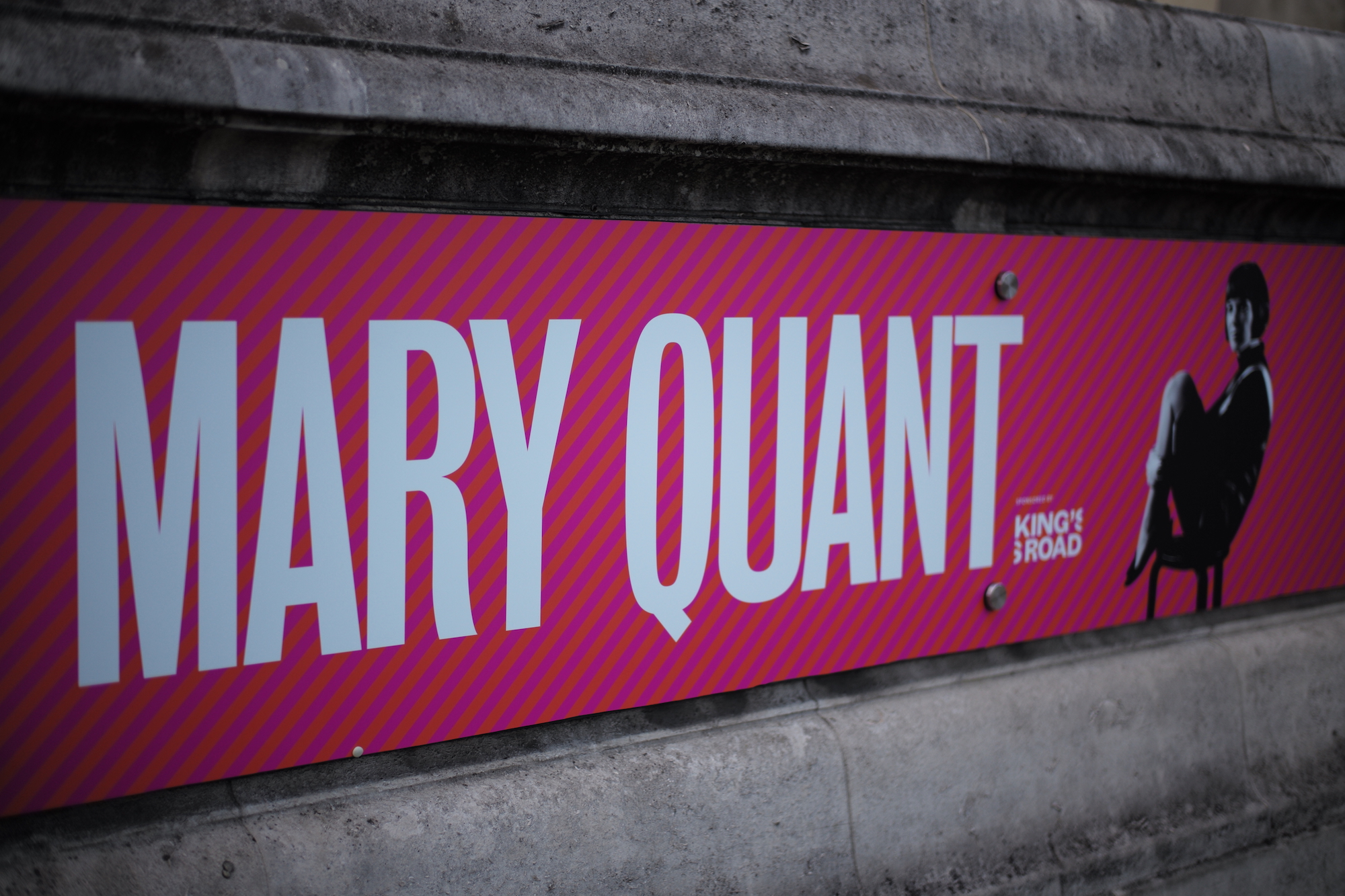
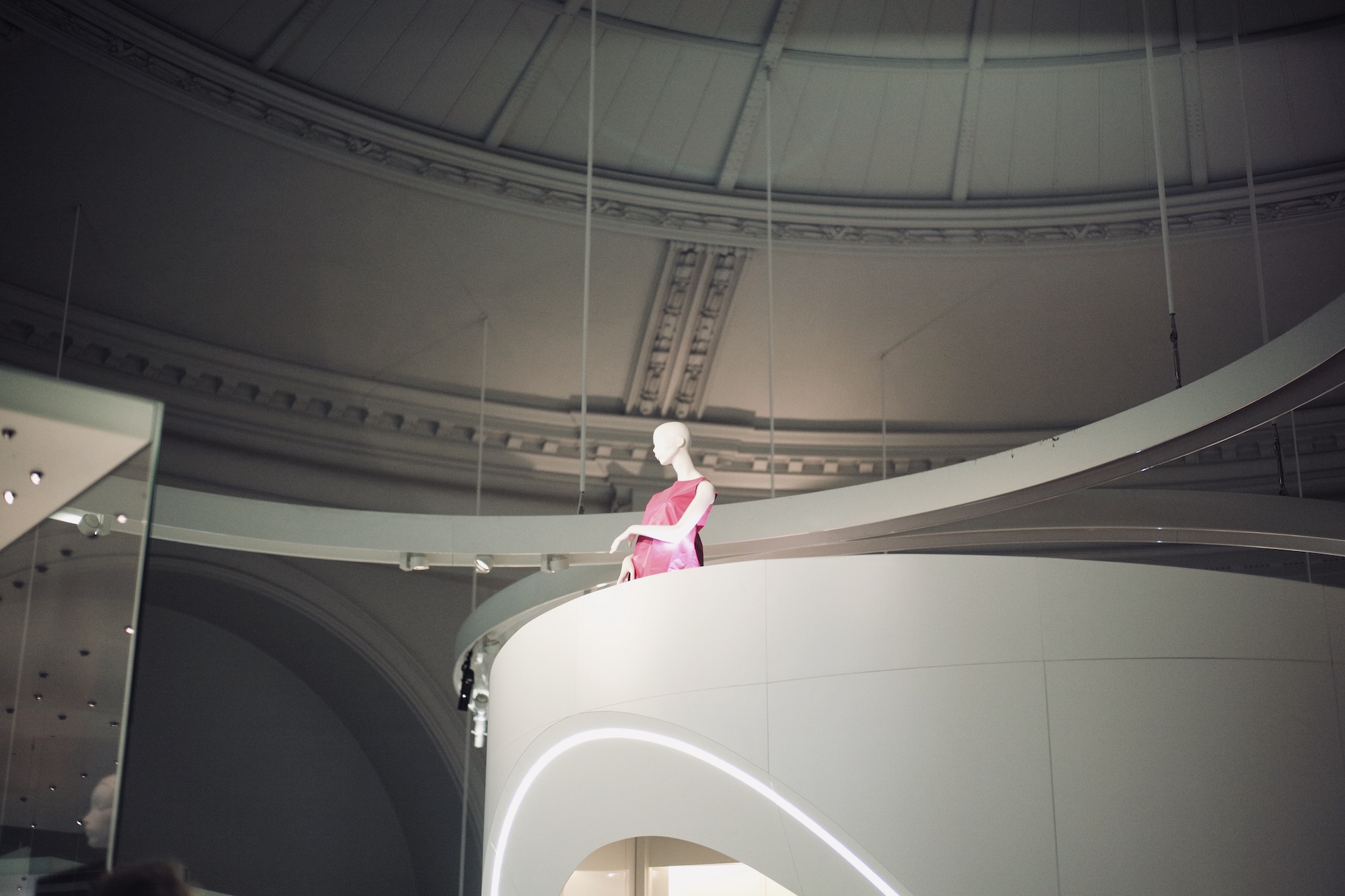
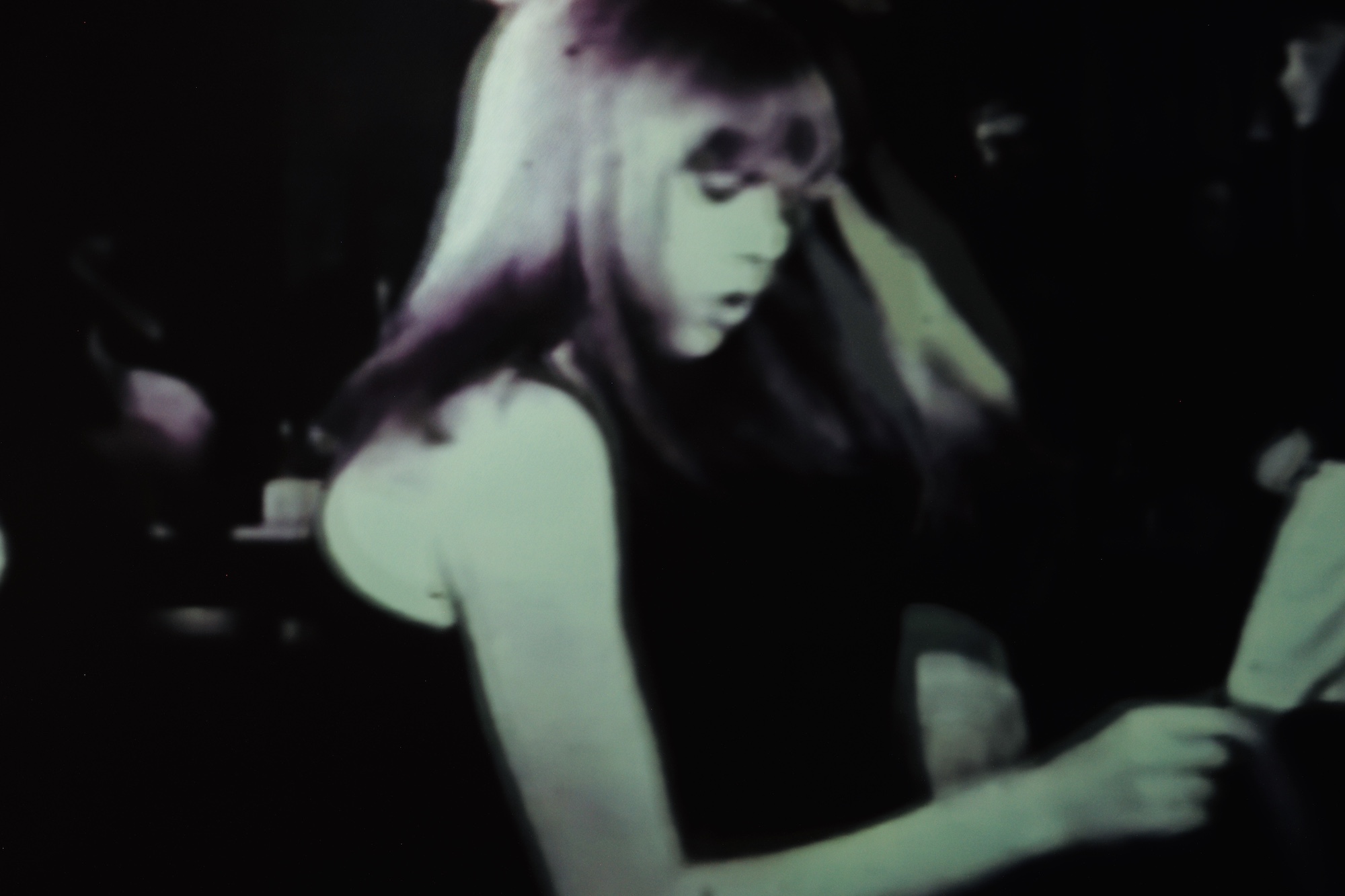
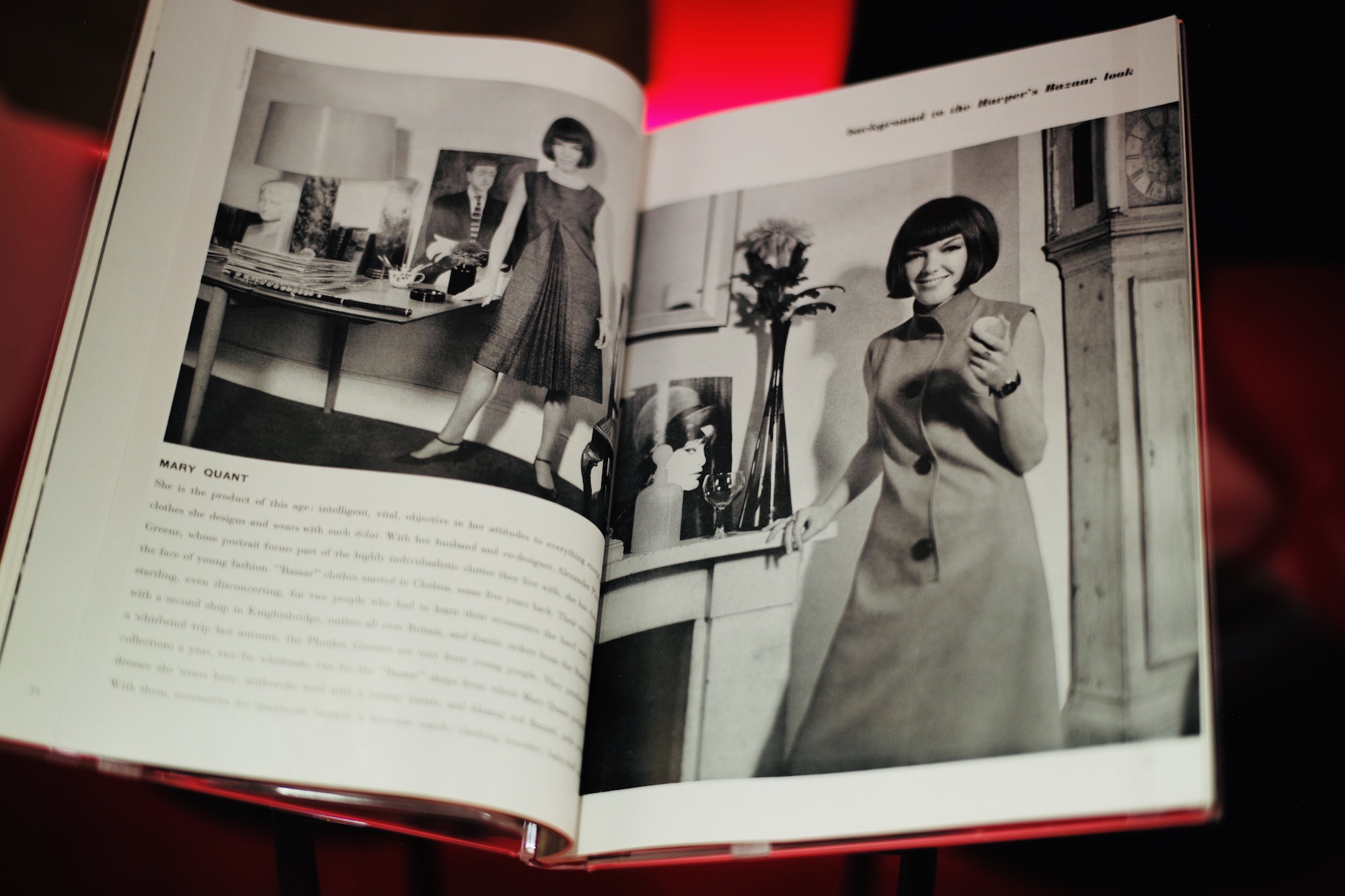
Photographs of Quant, with her 1920s-bobbed hair, show how she liked to keep a woman’s upper half demure: Peter Pan collars, roll necks, zip-ups. Cleavages never featured. The models are all leg and attitude and teasing hem-lines; they had a playful, gamine quality – a freedom.
In terms of inventing the mini-skirt, Quant shares the honours with the French designer André Courrèges. Although undoubtedly, it was Quant who put the mini-skirt and hot-pants onto the streets. There is an amusing anecdote about a trip she made to a hotel in Malta in the brand’s earliest days. She was wearing a mini-skirt before they had been accepted in London, let alone in Malta: “The women glared at me. The men tried to pick me up.”
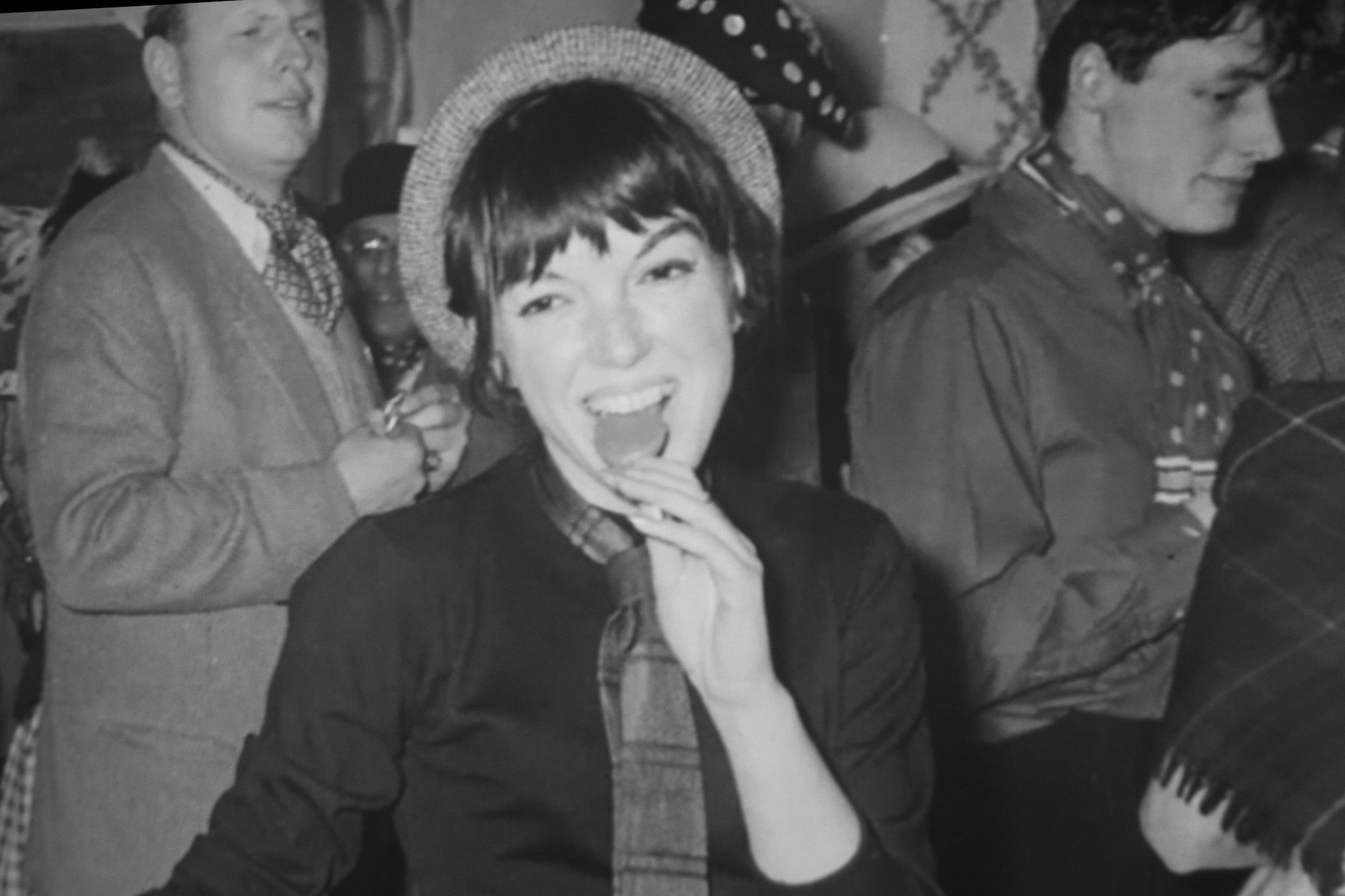
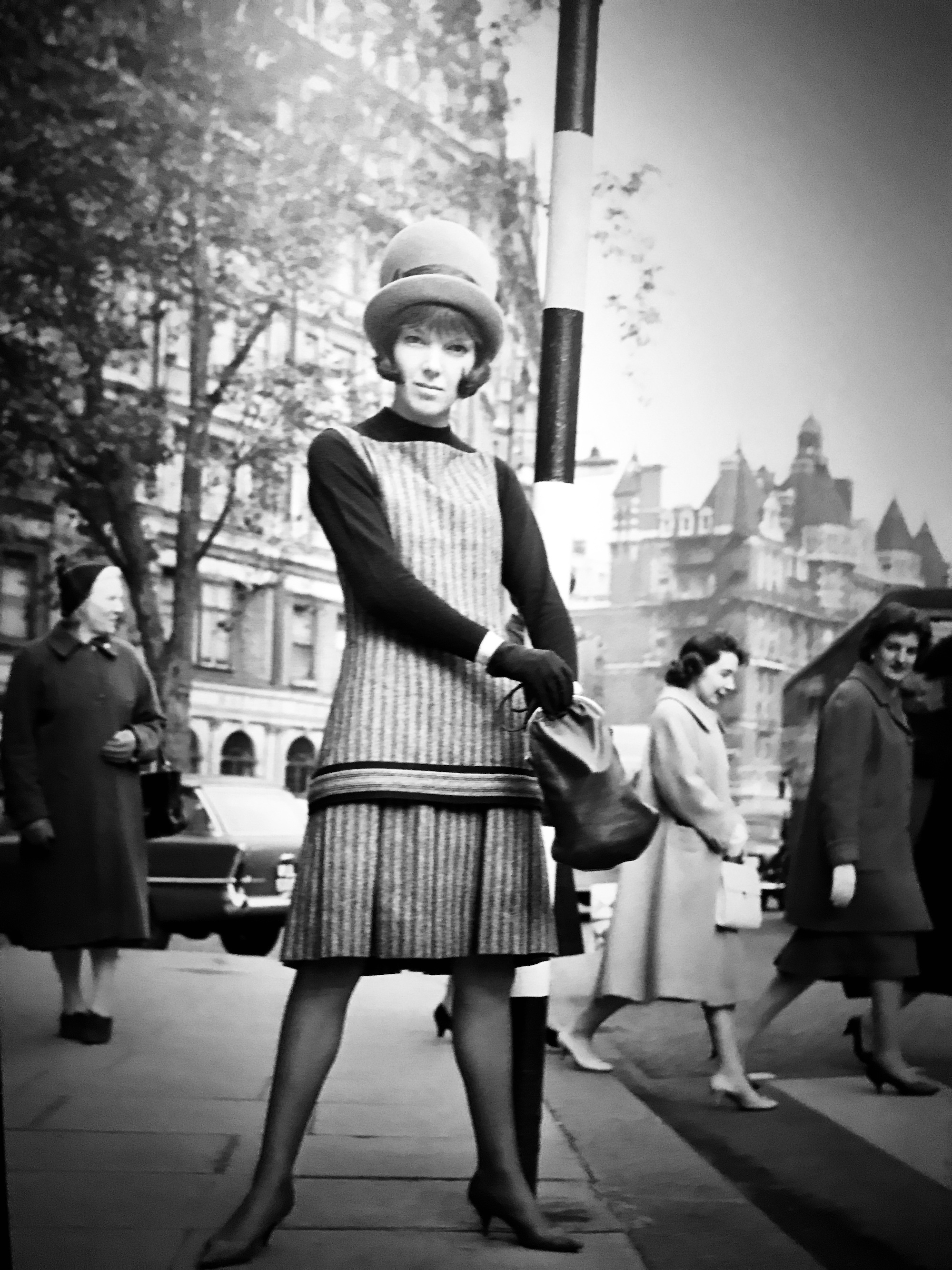
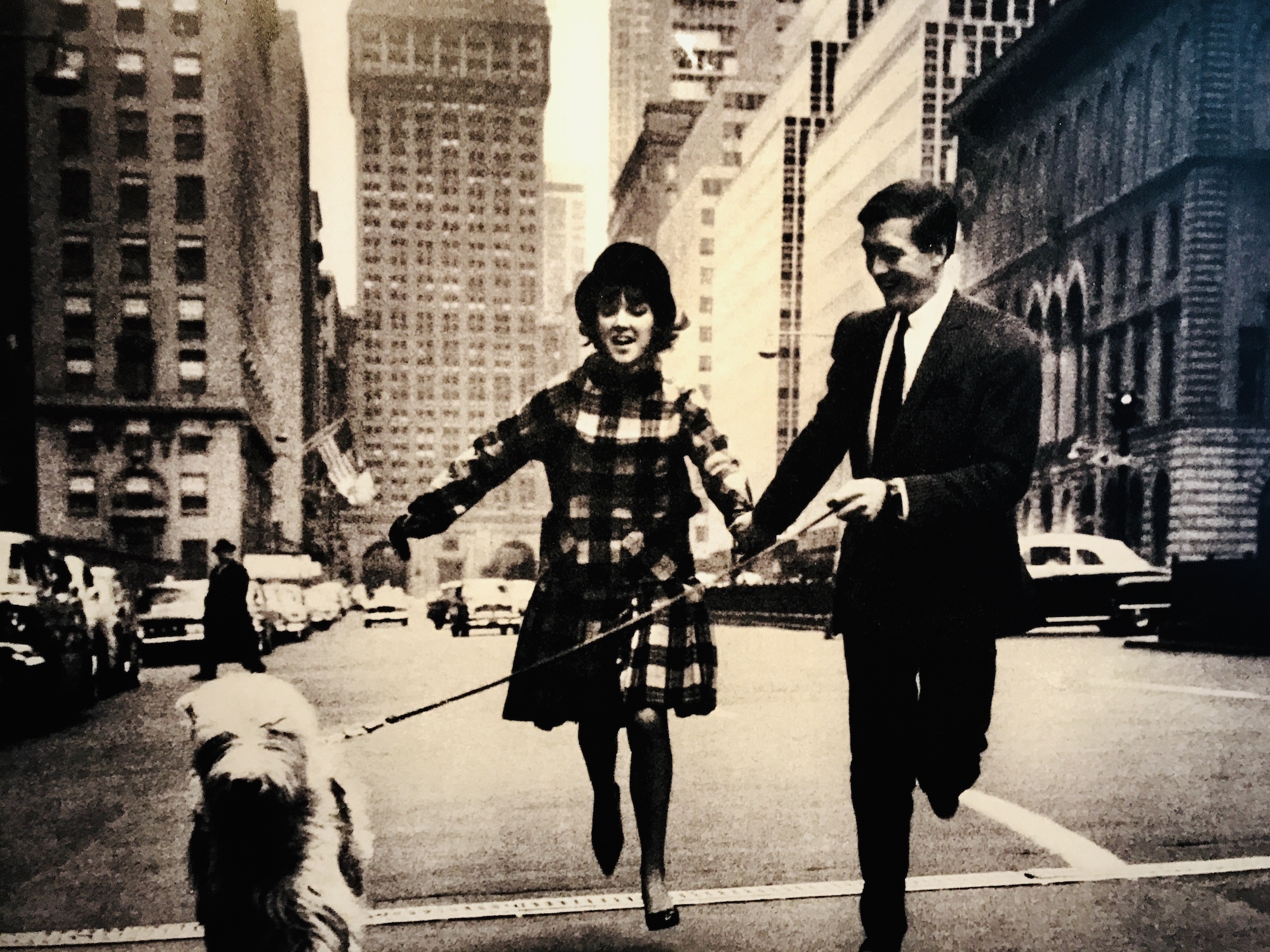
“I was making easy, youthful, simple clothes, in which you could move, in which you could run and jump and we would make them the length the customer wanted. I wore them very short and the customers would say, ‘Shorter, shorter’.”
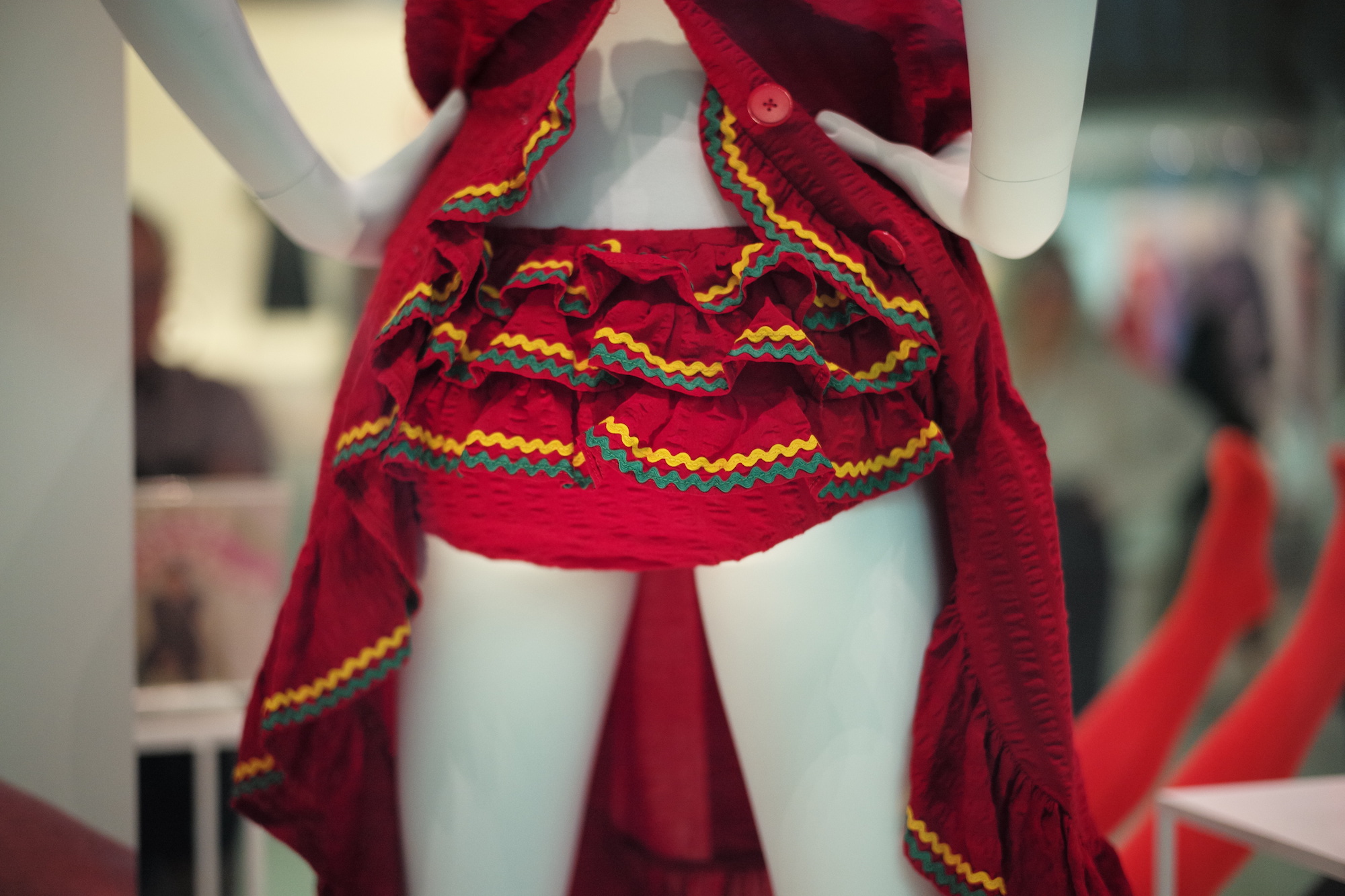
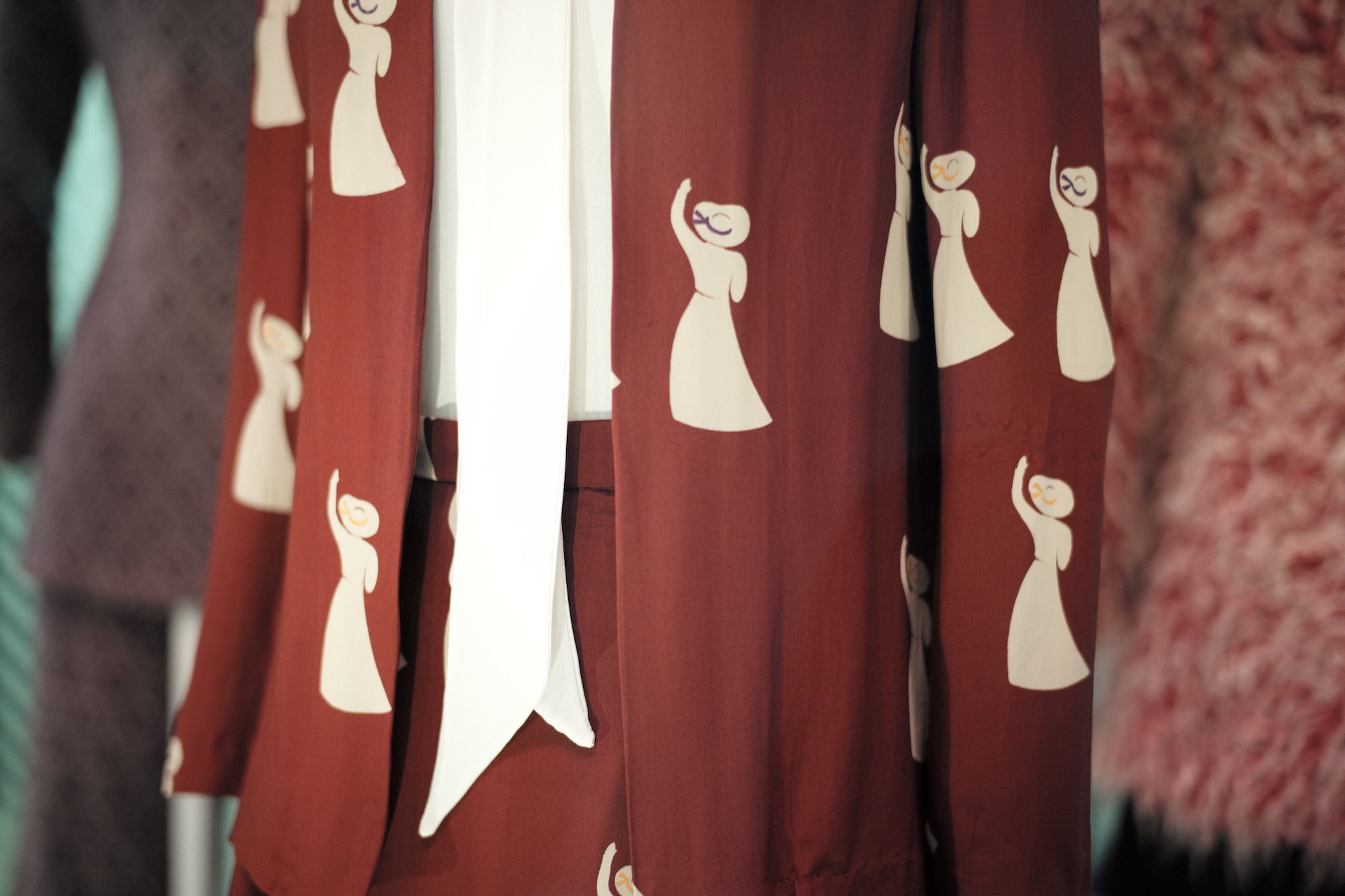
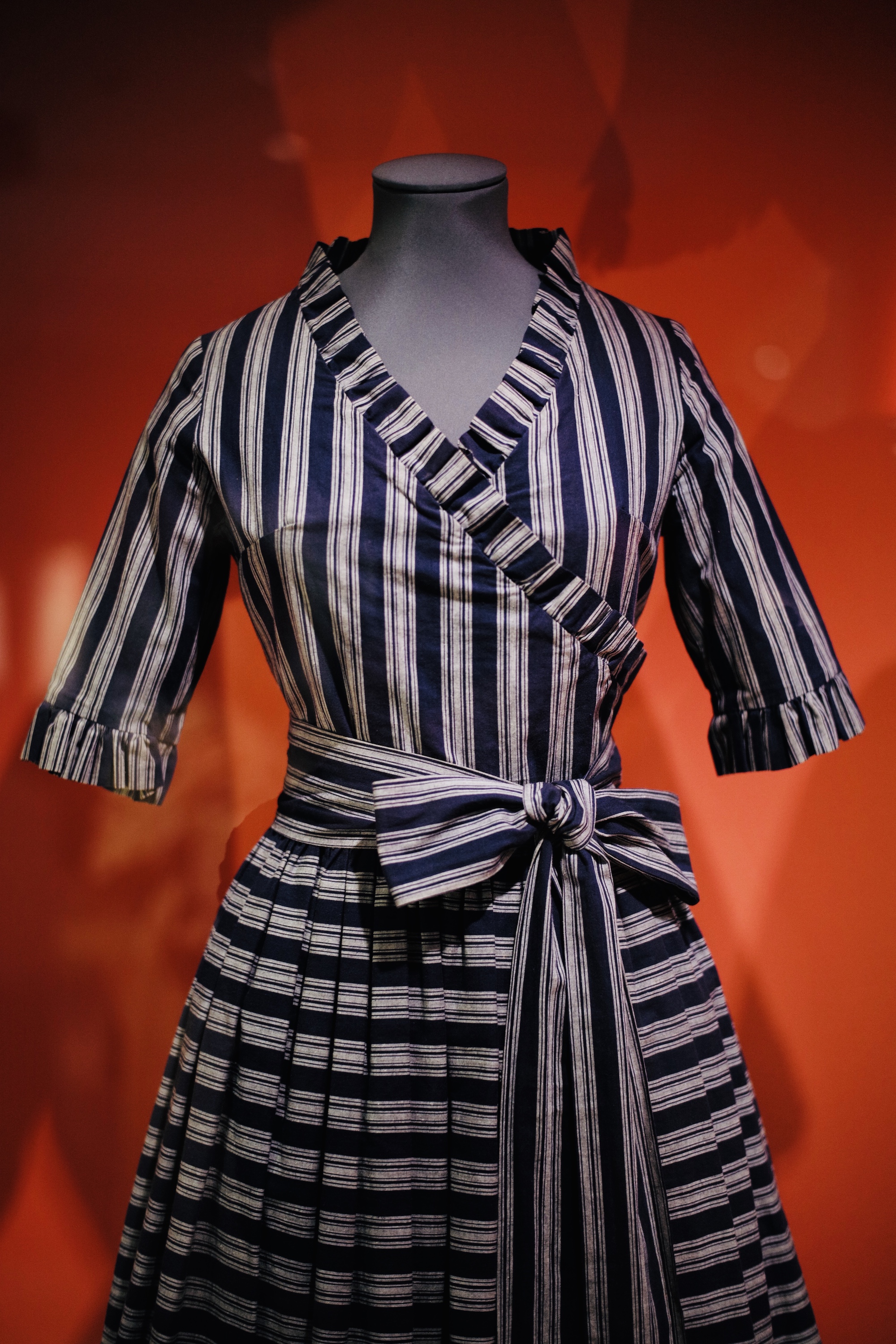
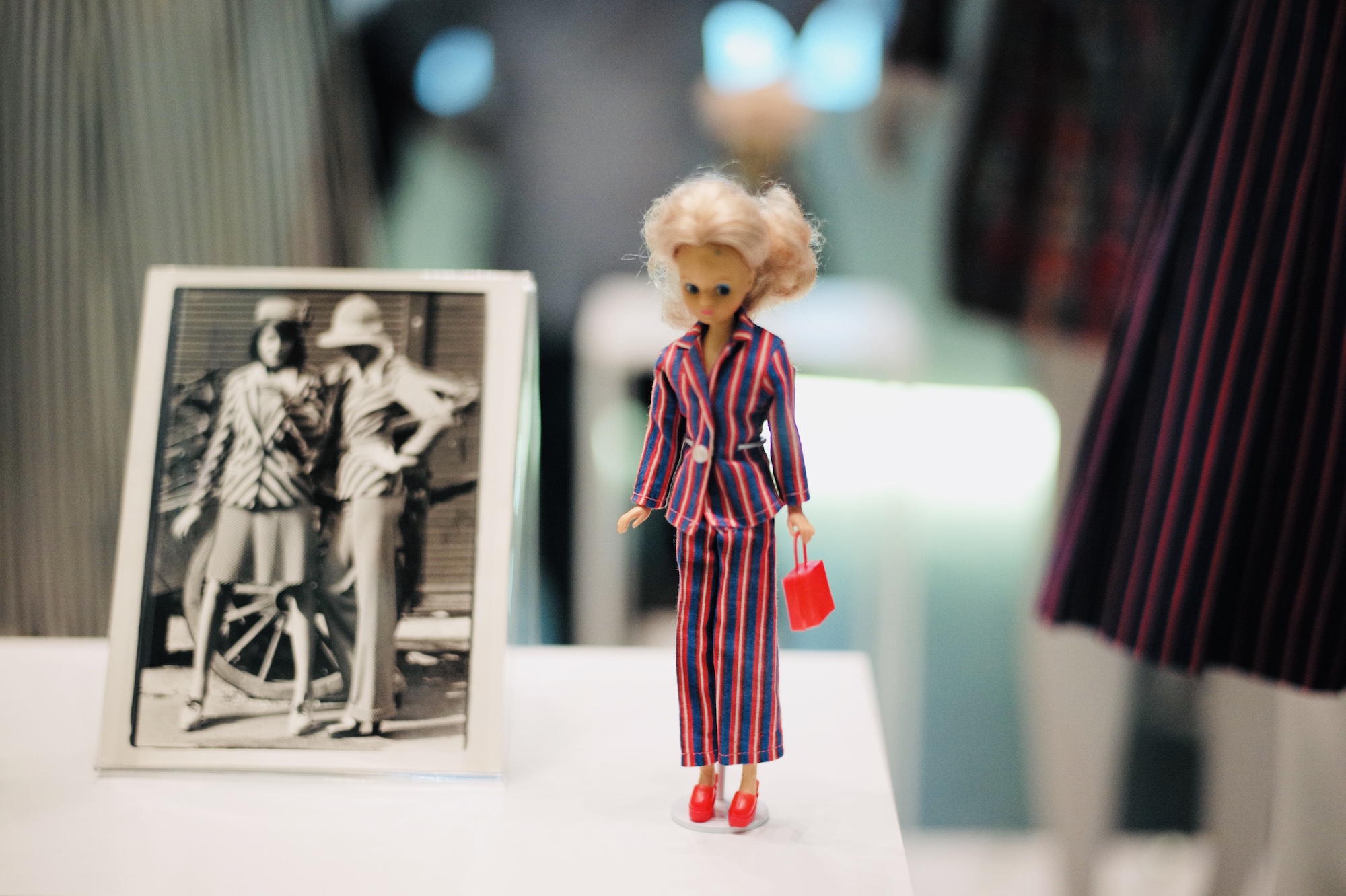
Apart from min-skirts, Quant pioneered to design some most gorgeous coloured tights (which got an extra showing thanks to the mini-skirts), the PVC zip-up macs in purples and reds, the dresses that playfully doctored men’s suits – all were defined by humour and classlessness. She is also the first designer to introduce “fashion” lingerie – her seamless brassieres were called “booby traps,” and her uplifting brassieres “bacon savers.”
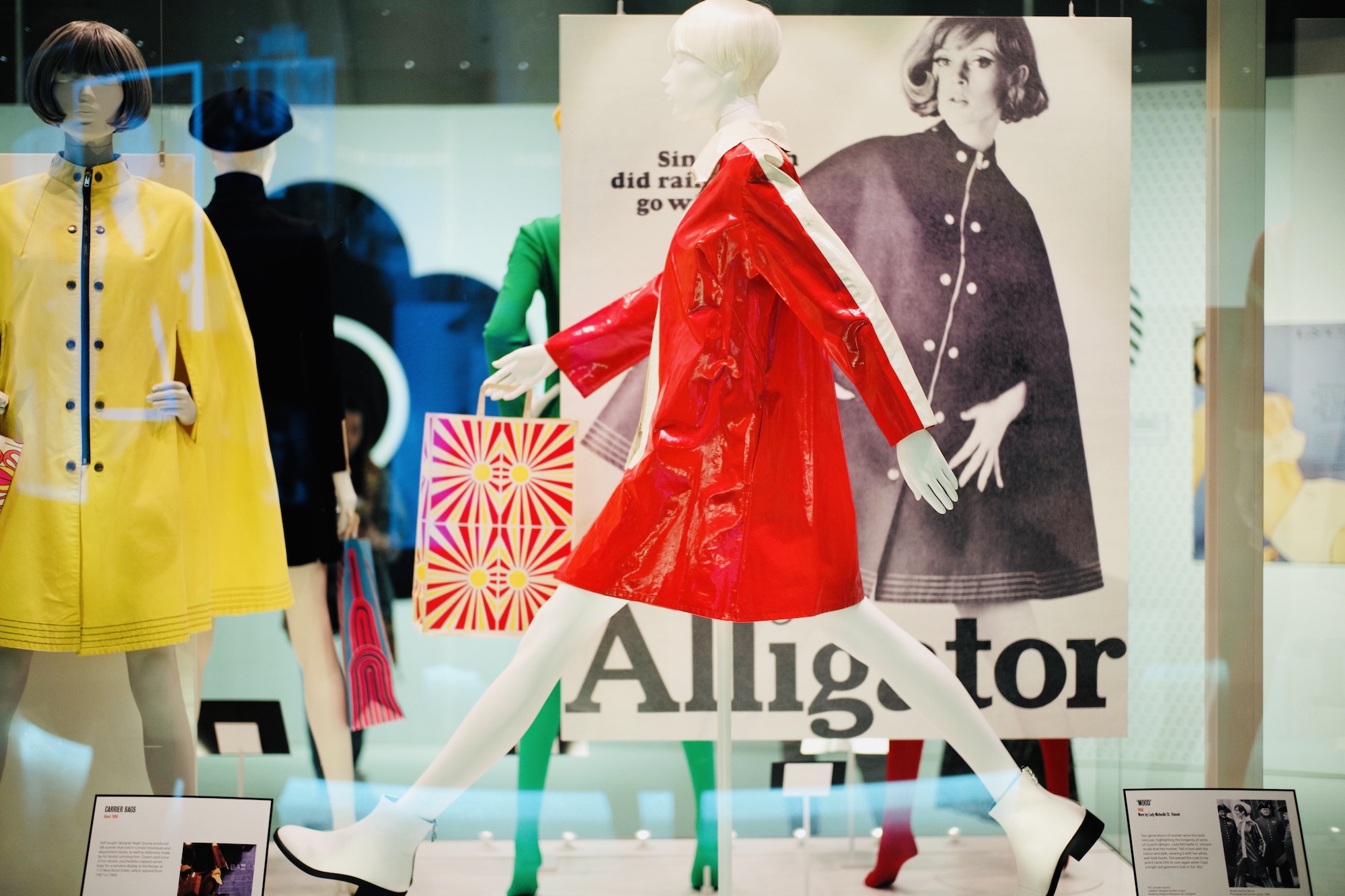
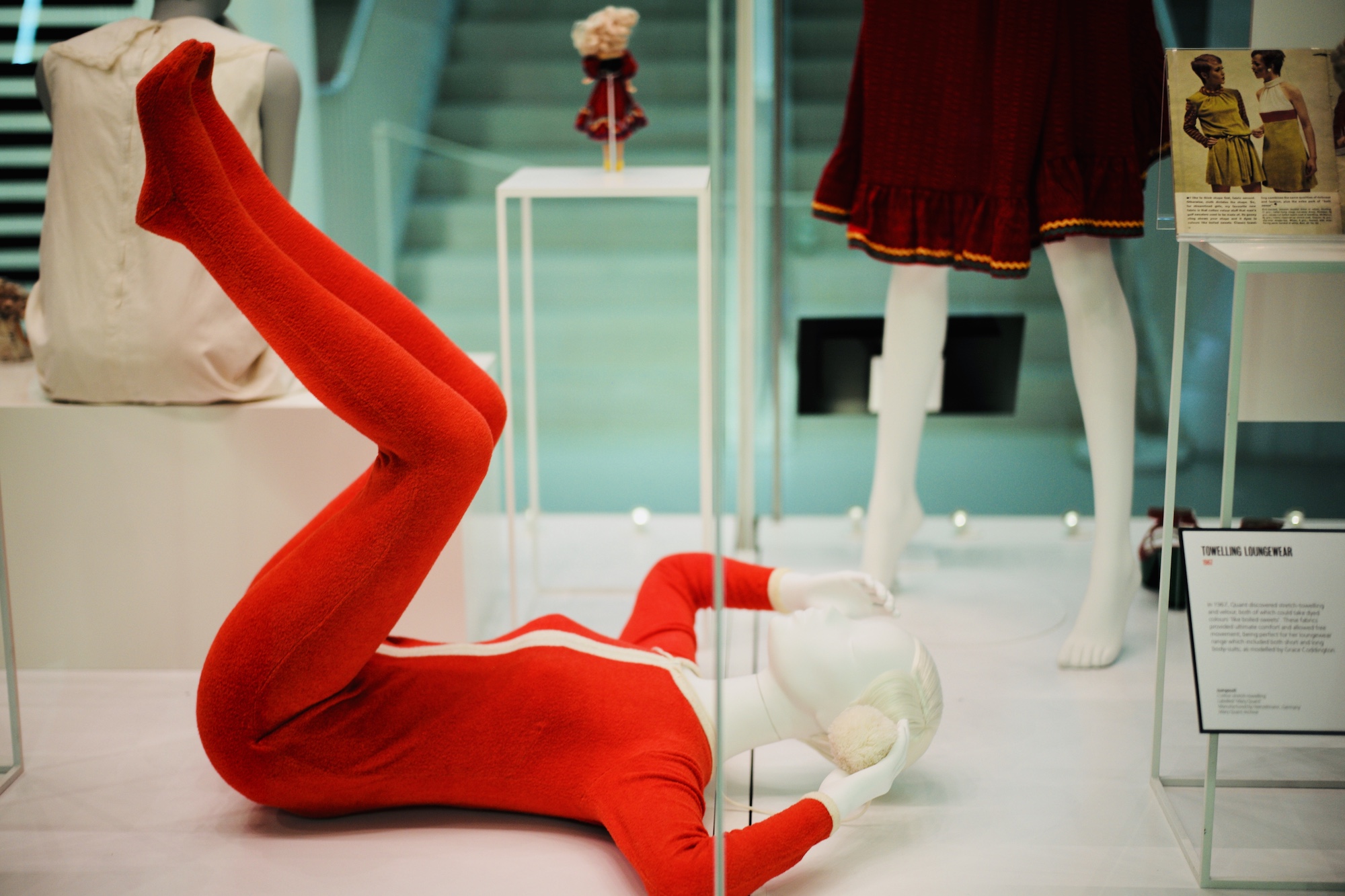
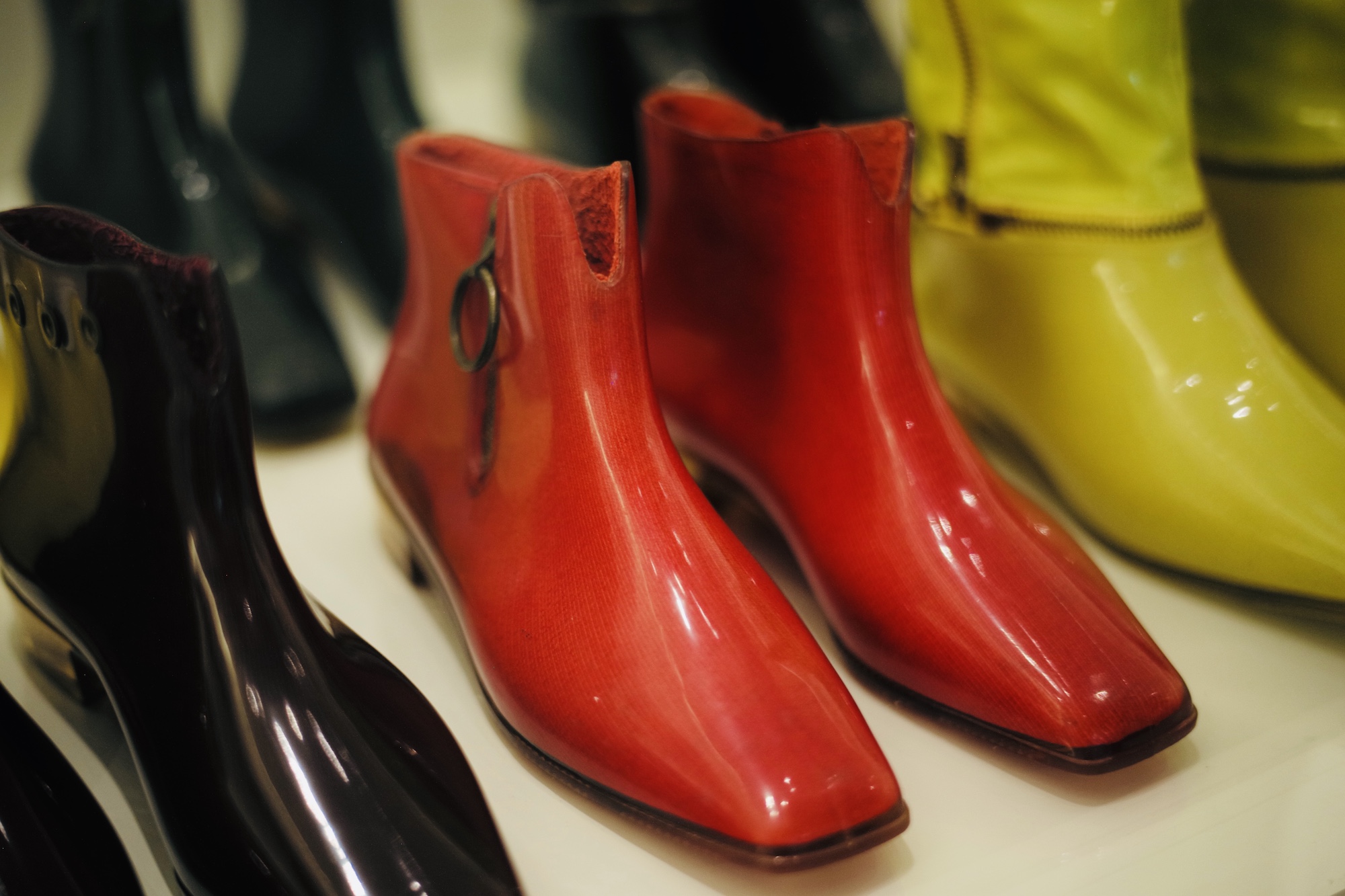
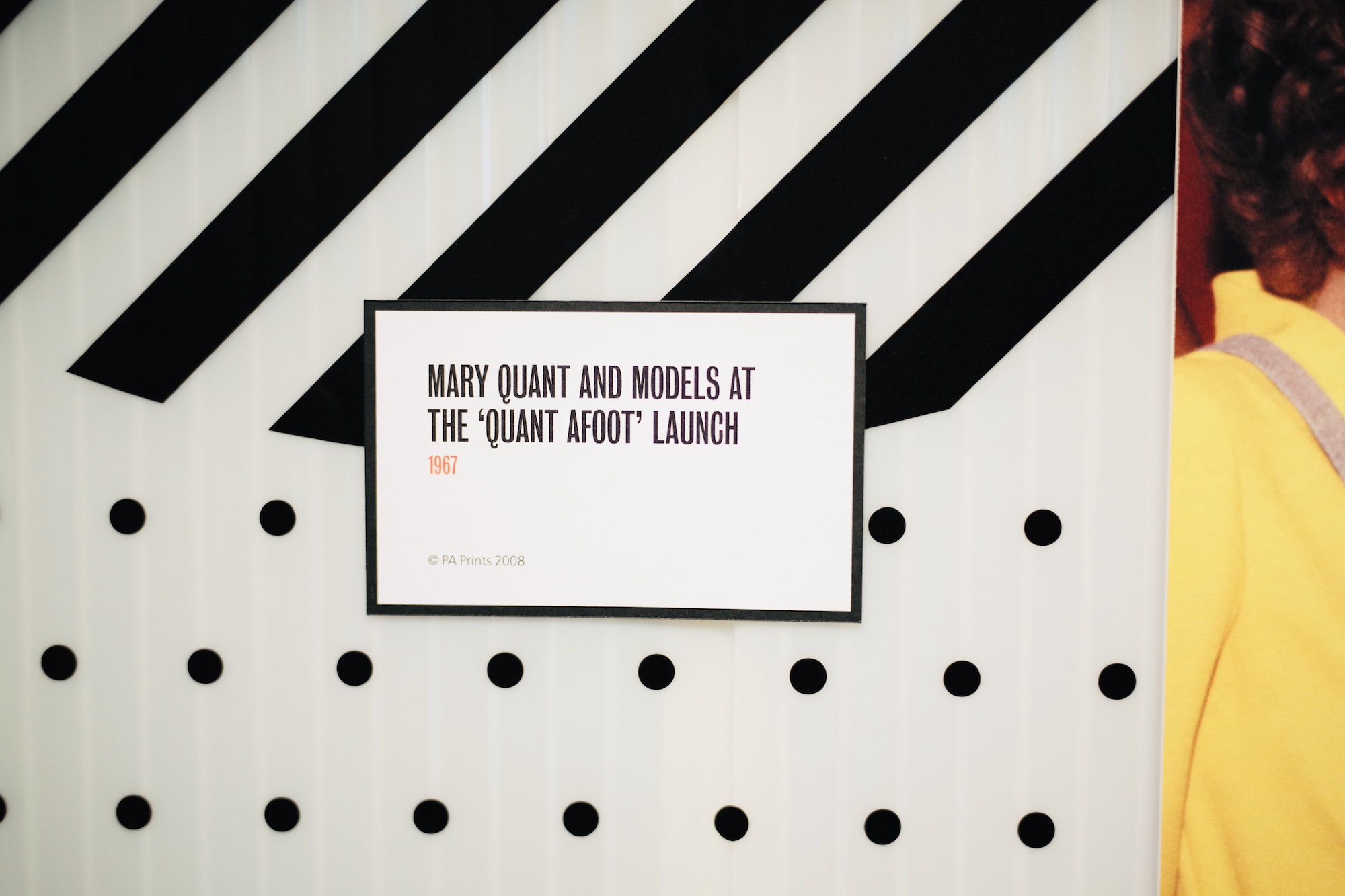
Mary Quant always wanted to create a total fashion look-her own geometric hairstyle, cut by Vidal Sassoon, was widely copied. As an art student she had used Caran d’Ache crayons and a box of watercolours for her own makeup. In 1966 she startled the cosmetics industry by offering makeup in a staggering choice of wild colours as well as a more natural palette.
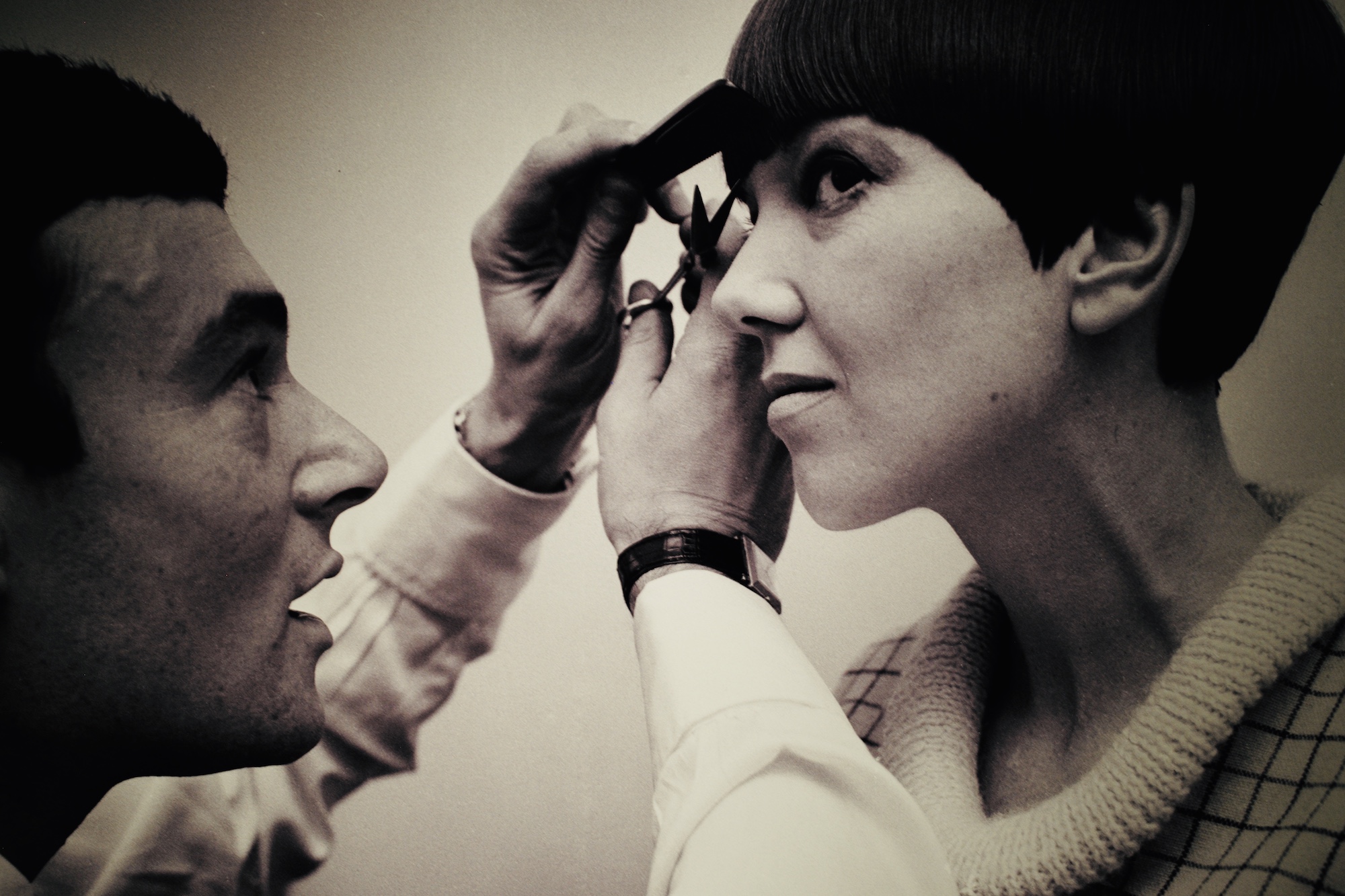
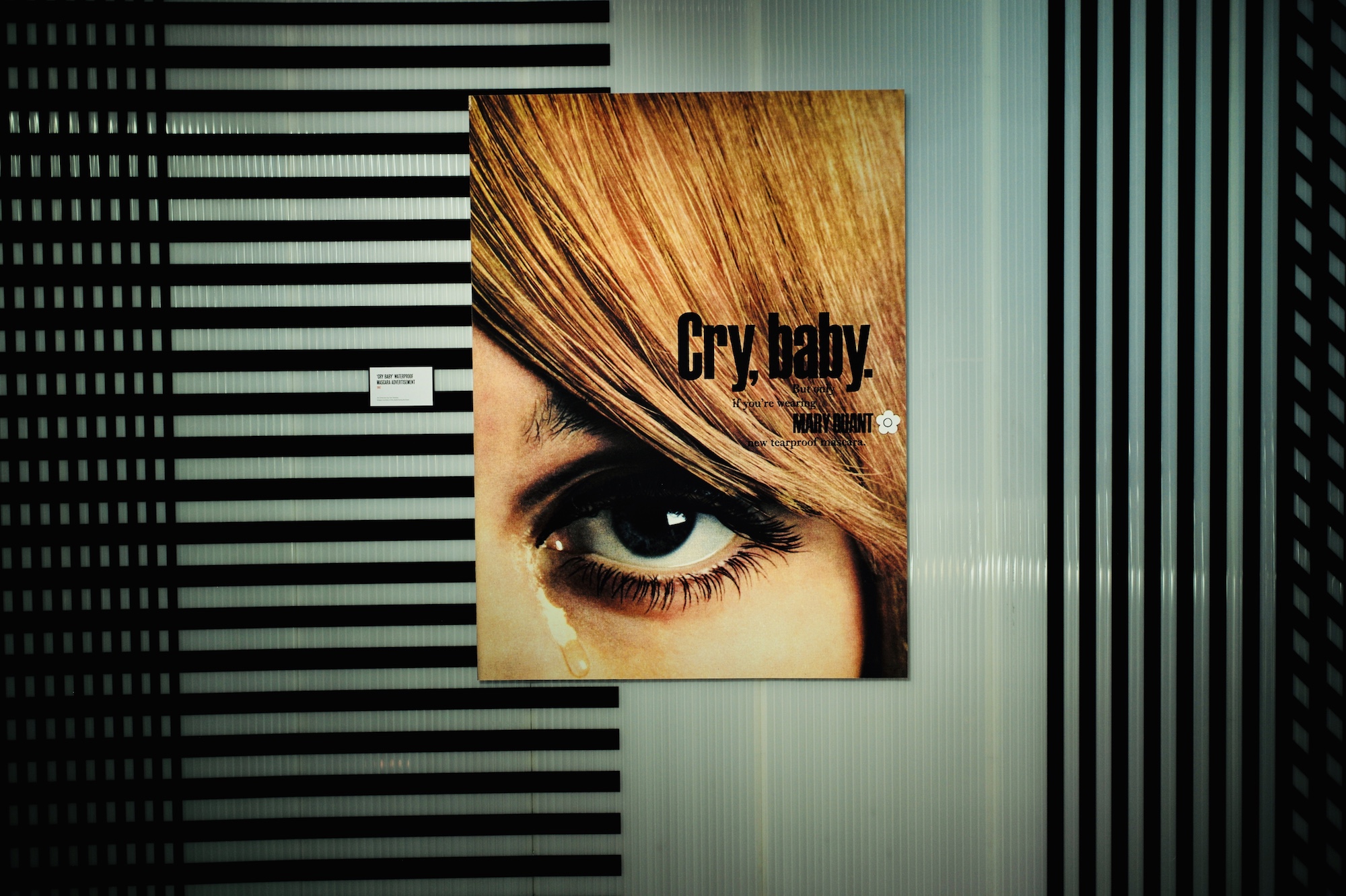
In 1990 Quant was awarded the British Council’s Award for Contribution to British Industry, and in 1993 she became a Fellow of the Society of Industrial Artists and Designers.
In her eighties now, Quant’s place in fashion history is celebrated in the V&A exhibition that includes dresses lent by the public after a call-out by the museum. There are also 60 images sent in by woman wearing their Mary Quant dresses, each one accompanied by a note on why the piece means so much to them and what they were doing at the time they were wearing them, each one a personal love letter to a designer whose clothes go beyond fashion.
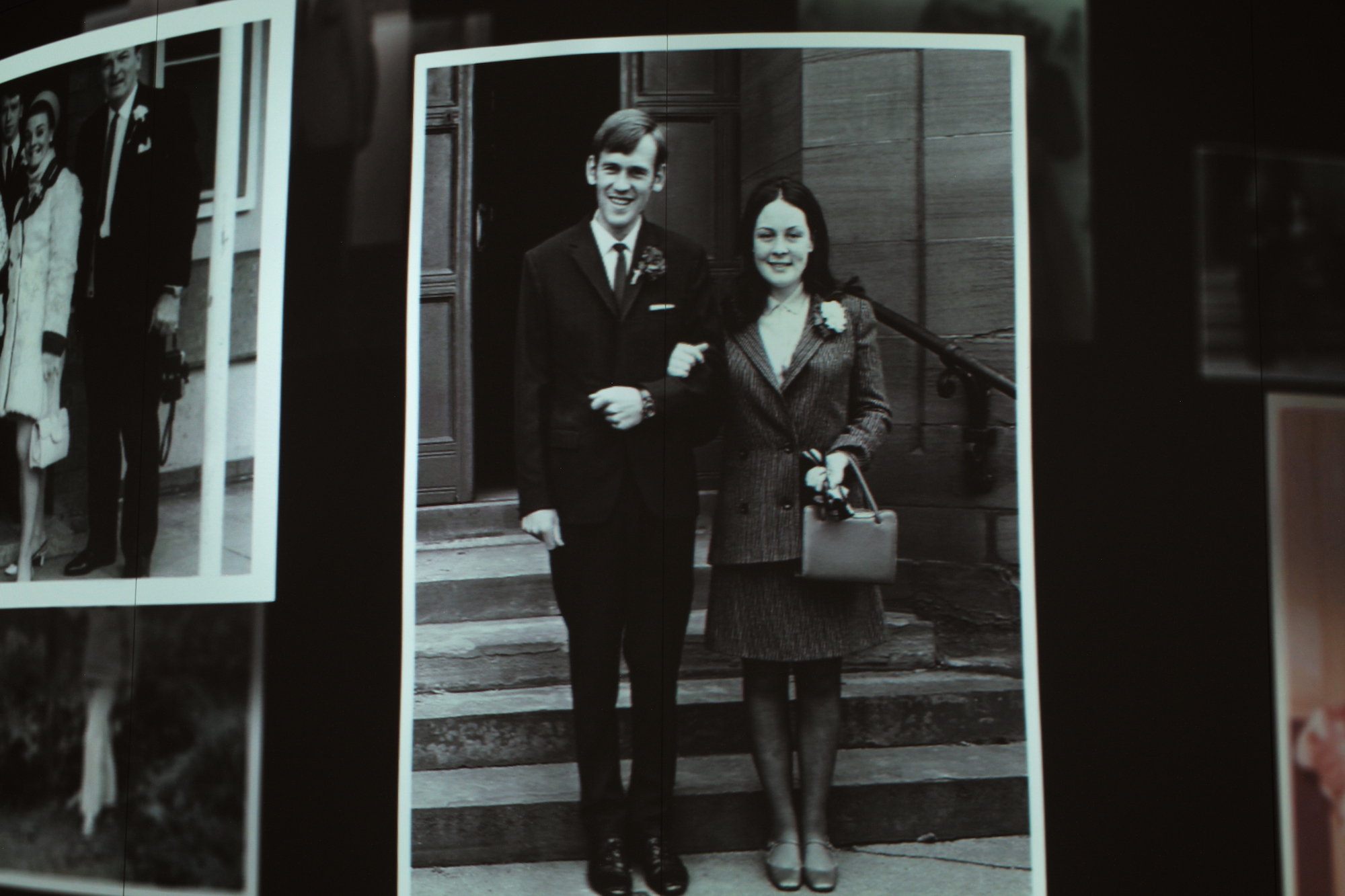
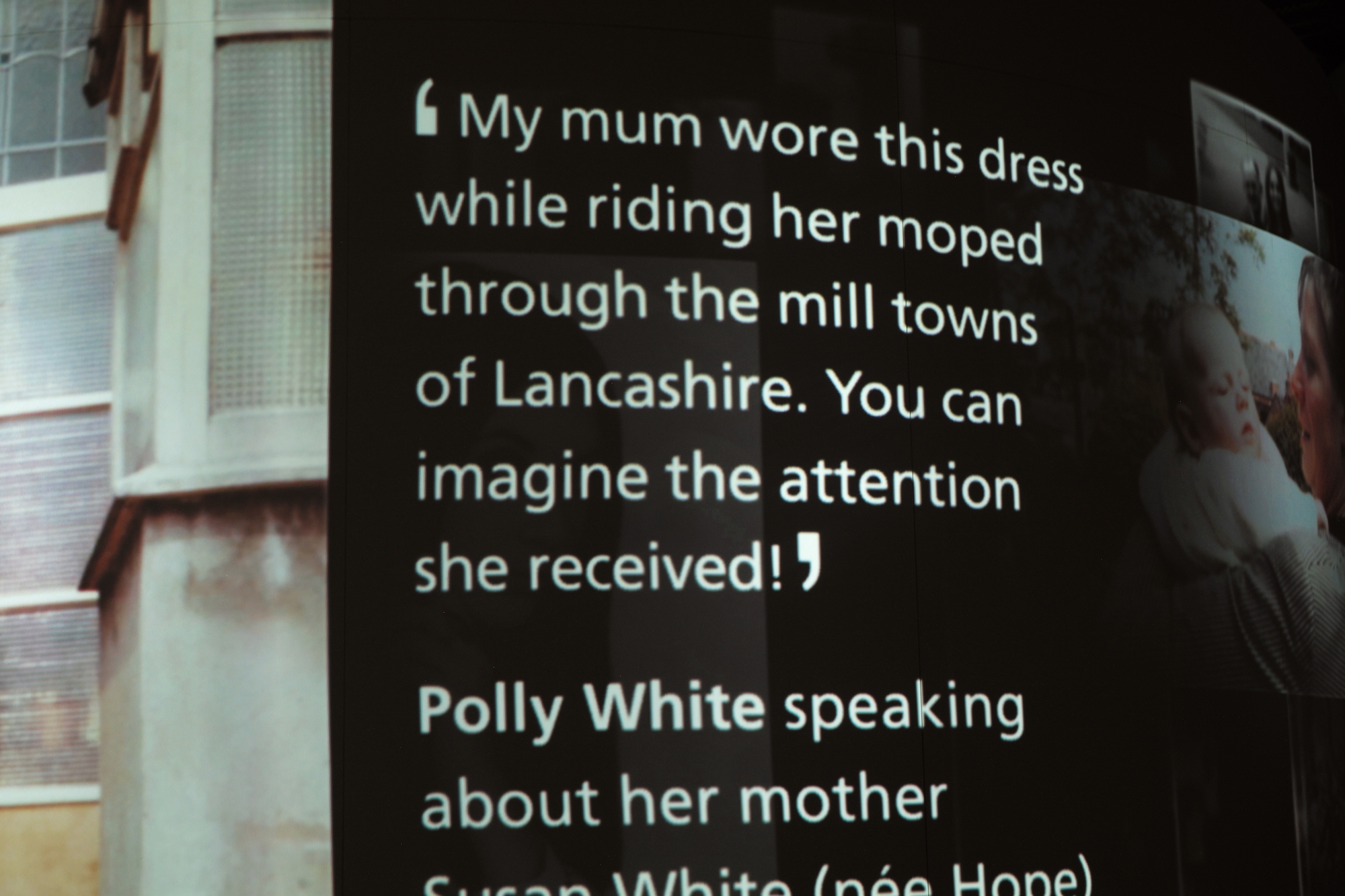
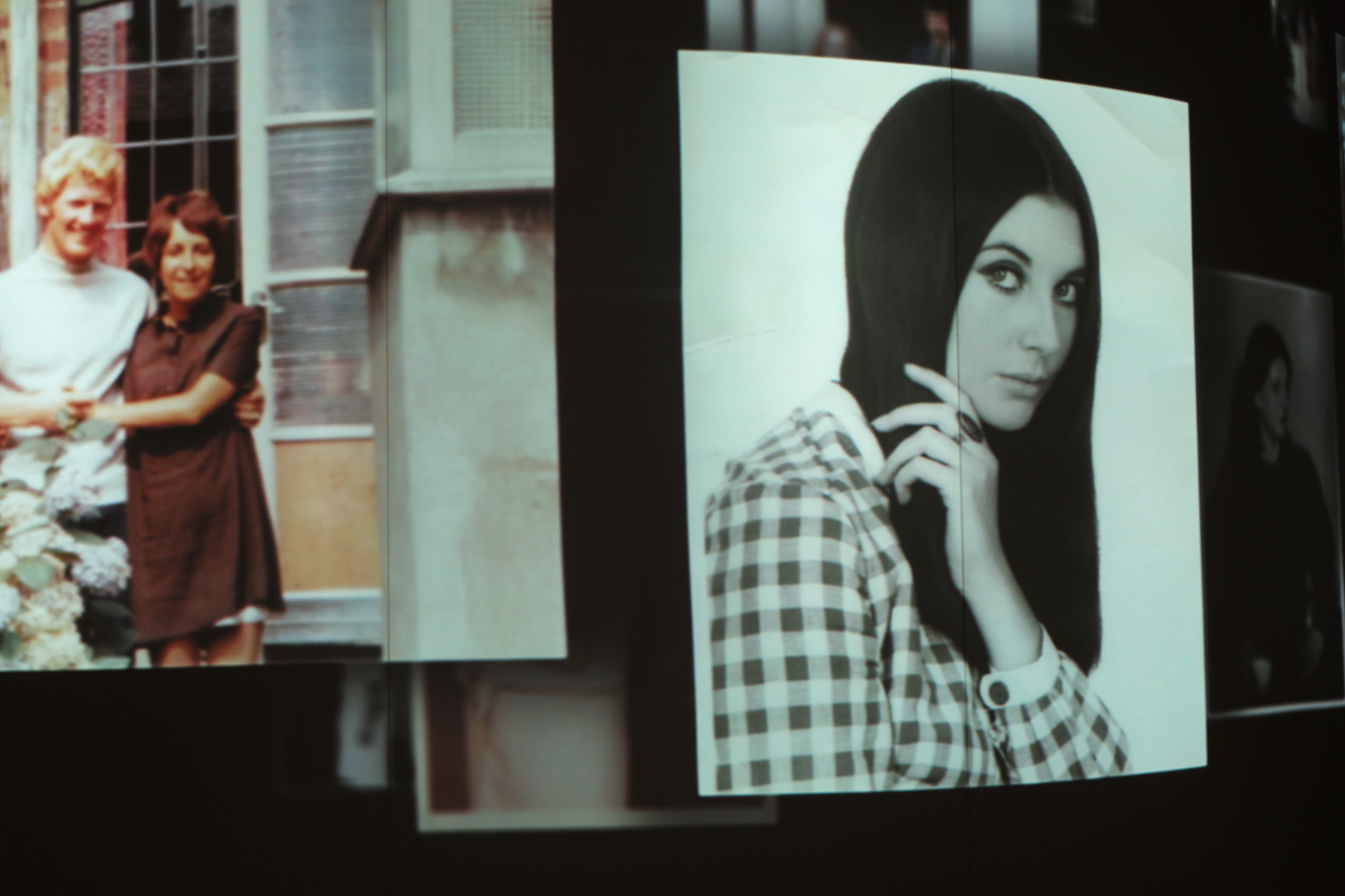
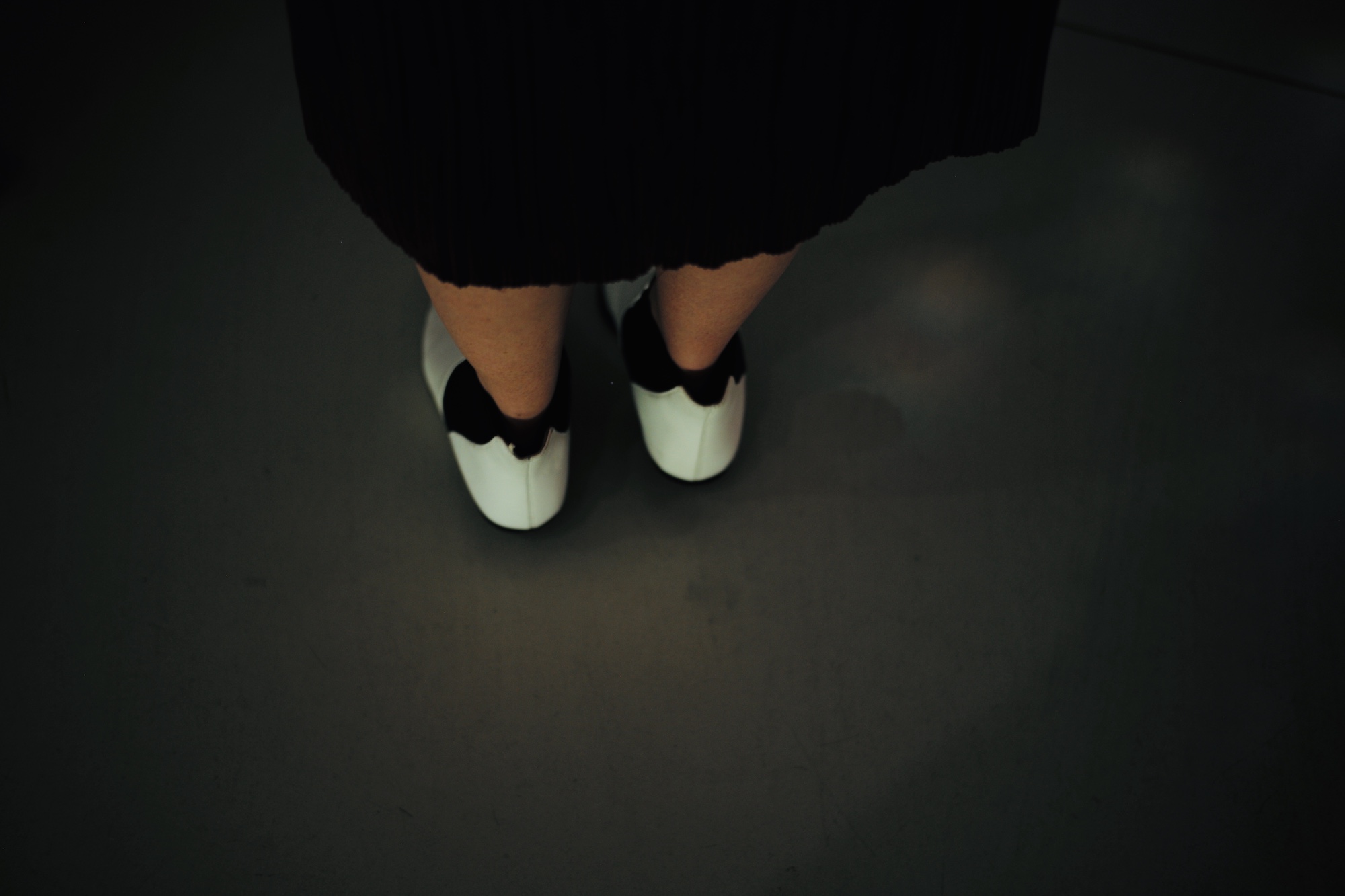
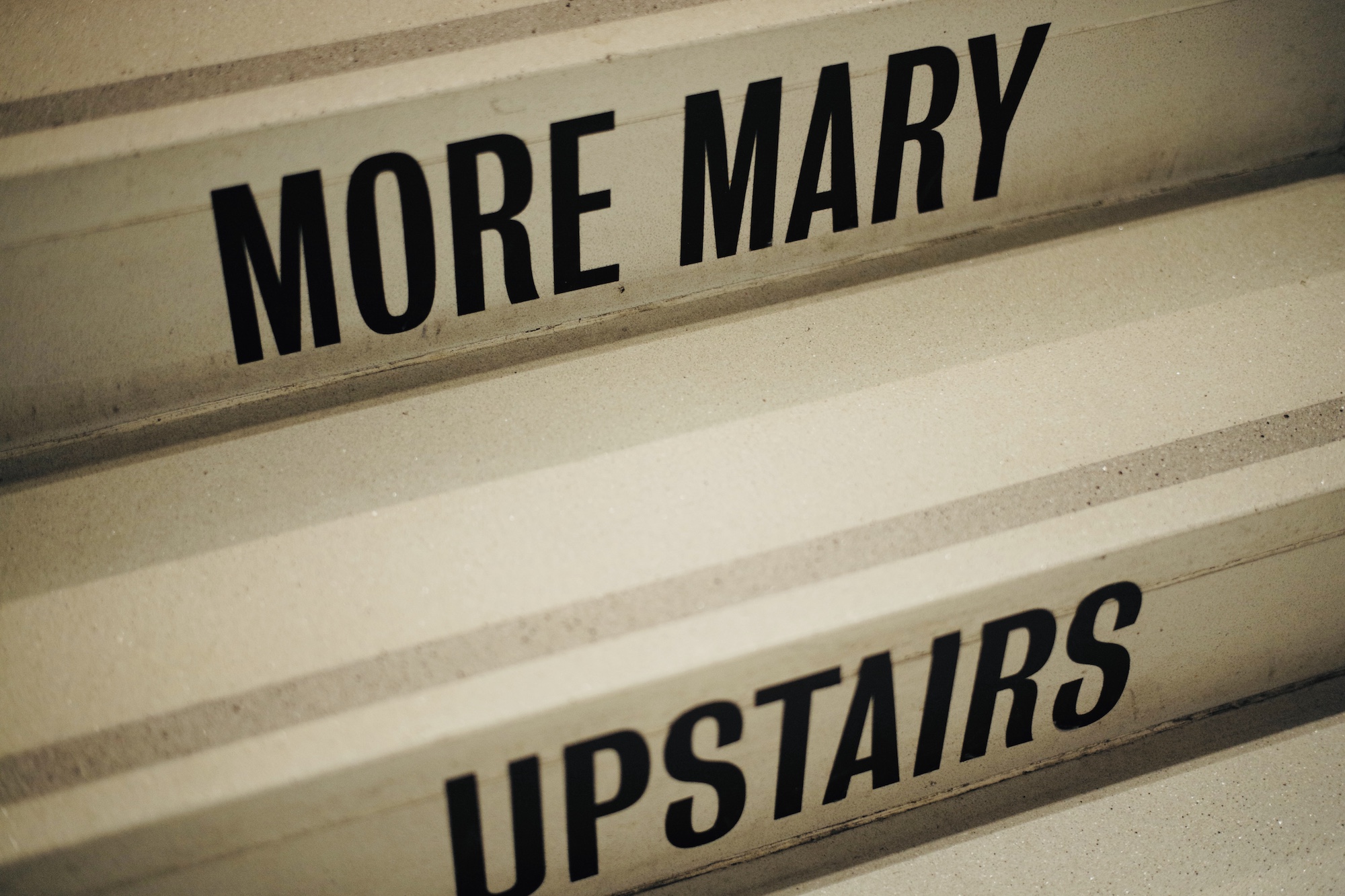
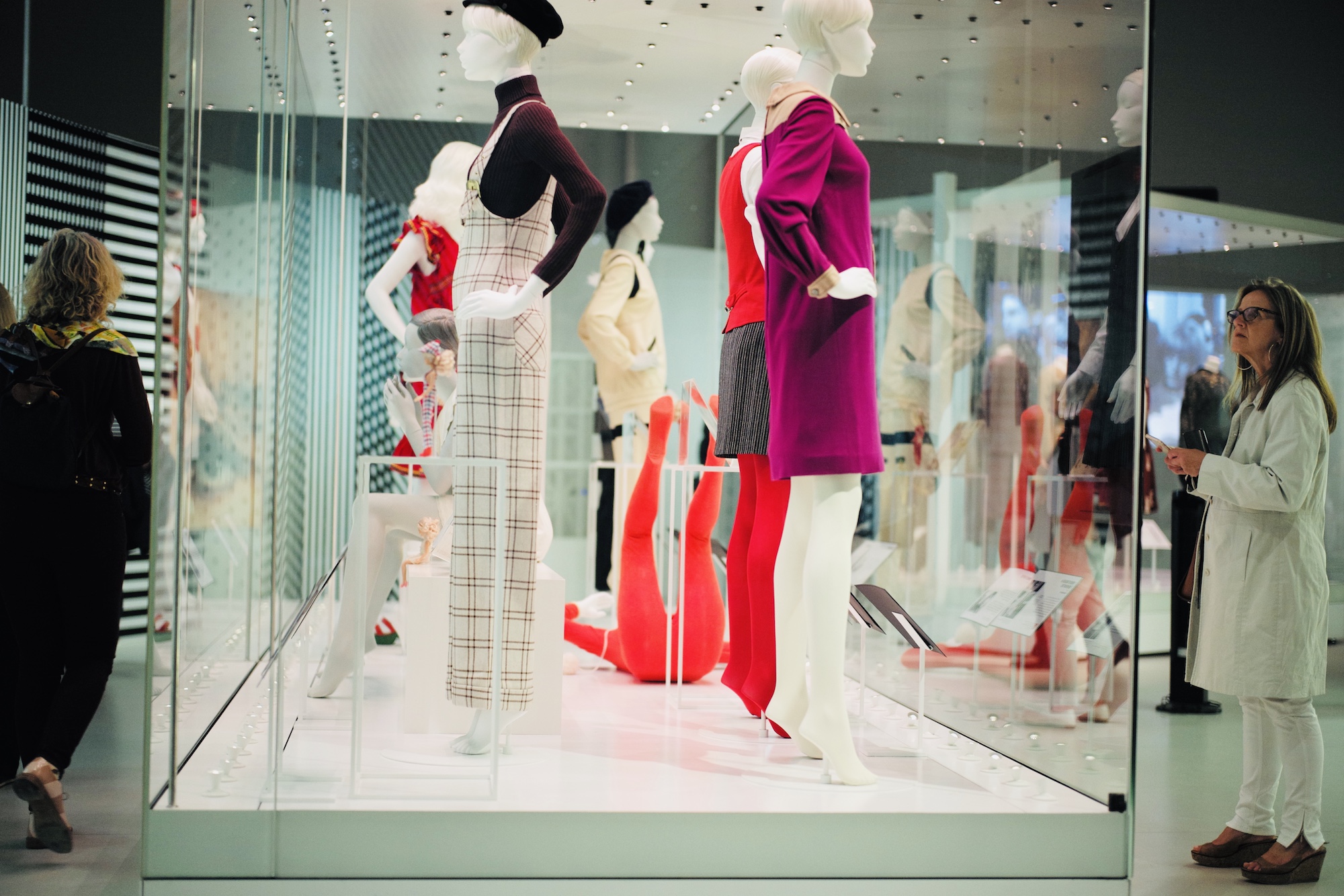
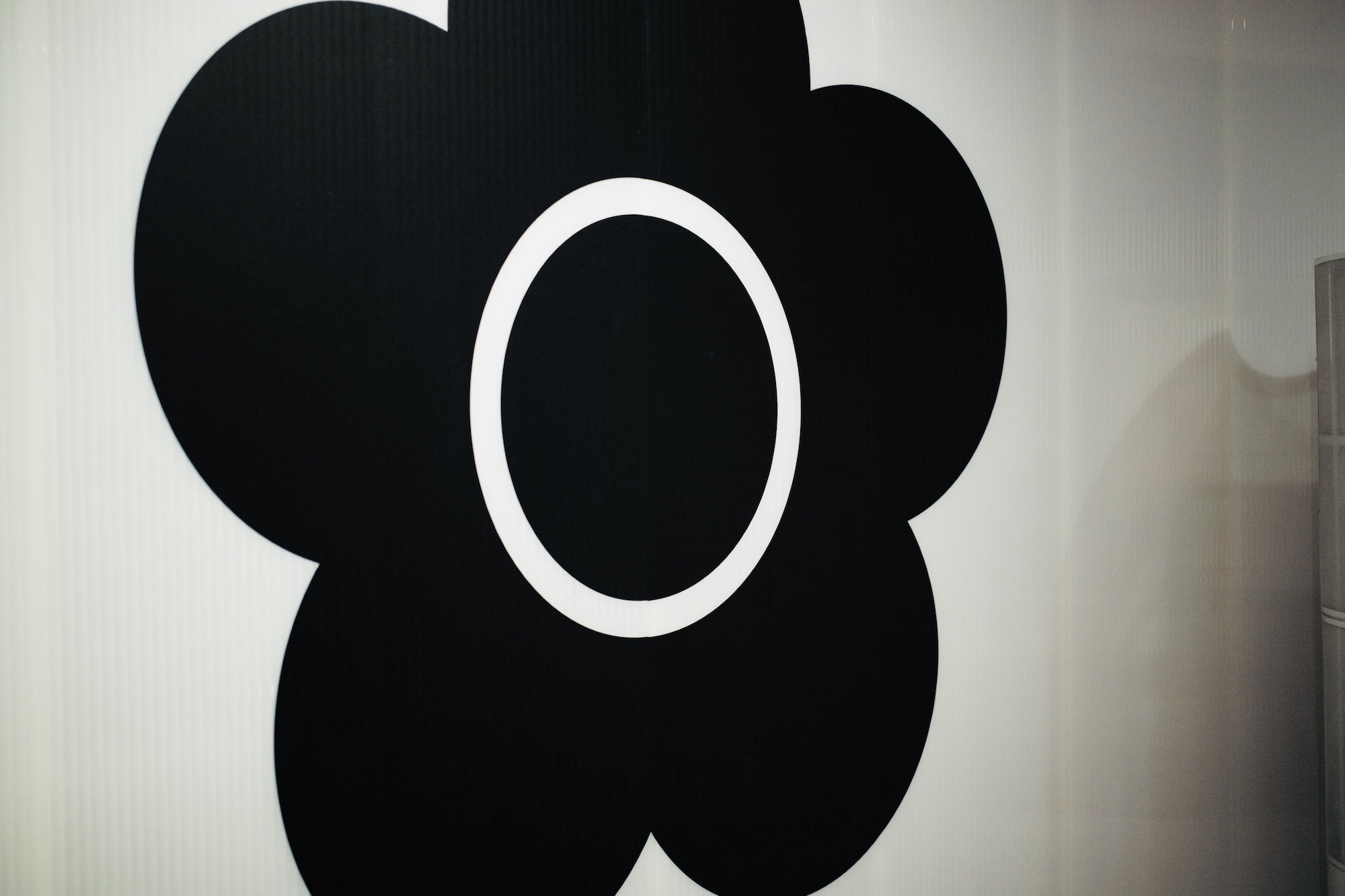

MARY QUANT
Victoria & Albert Museum
DATES
Sat, 6 Apr 2019 – Sun, 16 Feb 2020
Visit our Instagram @JUZIARTS